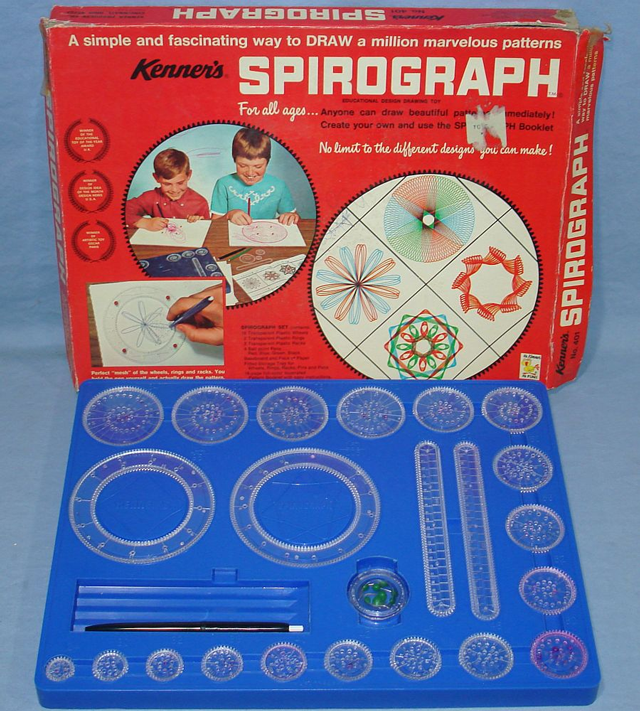What would Gropius do? On how design education is like a bloated OS.


Multicultural typographic interpretations of the 2011 Icograda Design Education Manifesto.
In her essay “Relevance In a Complex World” for the 2011 Icograda Design Education Manifesto, Meredith Davis speaks about agility and resilience in education systems, imploring design educators to embrace change, flexibility, and modularity:
Platforms for resilience: Creating flexibility and resilience among system failures
This trend acknowledges the instability and uncertainty of today’s world and warns that methods that resist change will not succeed. The authors of the forecast call for lightweight, modular educational infrastructures that can support the wellbeing of learners and learning agents. In recent decades, design schools have added content to full programmes of study in a curriculum-by-accrual attempt to respond to new practices and technologies. Unwilling to sacrifice previously valued concepts, skills and curricular structures, the organisational logic of these curricula became less apparent and infrastructures failed under the burden of having too much to teach in too little time. The fixed expertise of faculty members in a constantly changing field where new knowledge and skills are required and the growing diversity of learning expectations for college students illuminate hindrances in older curricula. There are structural barriers to the interdisciplinary work that is demanded by complex problems. Thus, design educators must develop flexible curricular structures that can respond quickly to changing times.
As someone who has, for her entire 12-year design career, had one foot in industry and the other in academia and is therefore keenly aware of the differences in speed and response to change between the academic and business worlds, I see firsthand this “curriculum-by-accrual” attempt at programme modification and cringe. It is not unlike adding features to a bloated operating system, trying to fix what’s broken by adding more of the same. It won’t work, especially while there exist design faculty who resist all things technical and digital, clinging to outdated, irrelevant methodologies, teaching processes, and print-based artifacts. The Bauhaus and Swiss Style were (are!) great, and the design fundamentals and philosophies they codified and spread remain as invaluable as ever. But the very essence of the work that Gropius, van der Rohe, Bayer, Kandinsky, Josef Müller-Brockmann, Armin Hoffman and other founding members of these schools of thought did was in response to seismic shifts in the technology and culture of their time. They were responding to a zeitgeist. Embracing it. Inhaling it. Swallowing it. Consuming it! These movements were a response to the world we live in, not an excuse to hide in an ivory tower away from it.
Our zeitgeist is very different than the one of the Bauhaus – wow, almost 100 years ago – one hundred years! Or 50 years, 20 years, even five years. As a freshman full-time academic, I scratch my head and wonder: why are we still using an educational interface that barely works anymore? Why are digital educational components considered course add-ons and “special topics” as it were, to stale design curricula focused on print, when pixels, not paper, are the default output. When gestures, not pencils, are how we input information. Design education, like a bloated operating system, is ripe for deconstruction, reconsideration, and reassembly to reflect the revolutionary zeitgeist of our own time. We owe it to ourselves and the students we teach to consume it just as passionately, reflecting that consumption in our design methodologies and philosophies.
That’s what Gropius would do.




